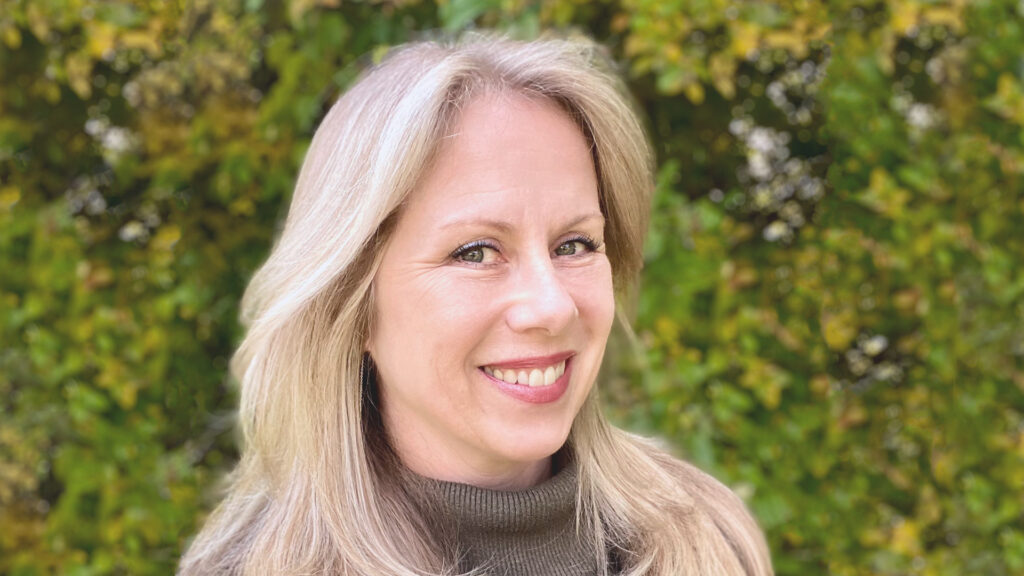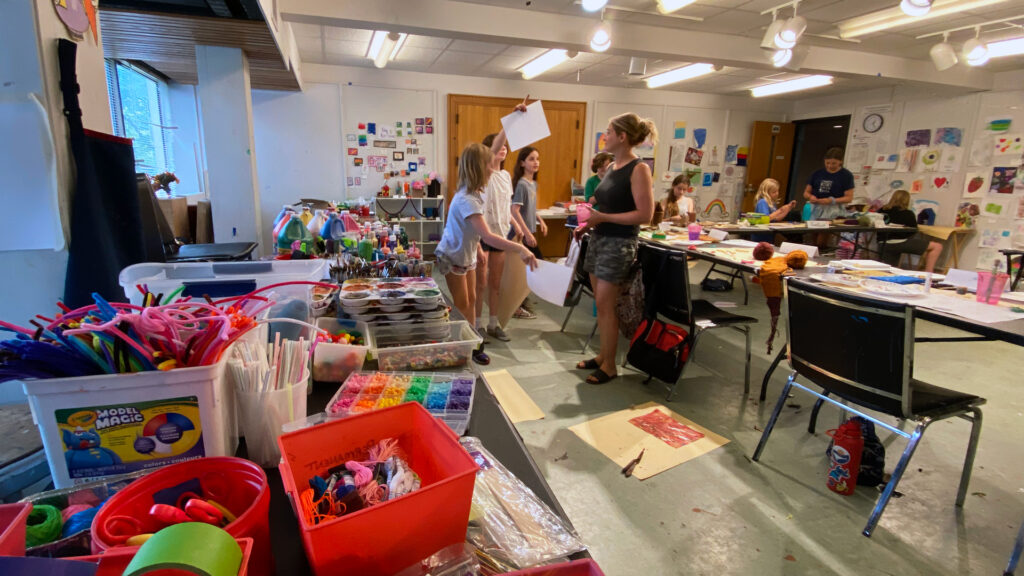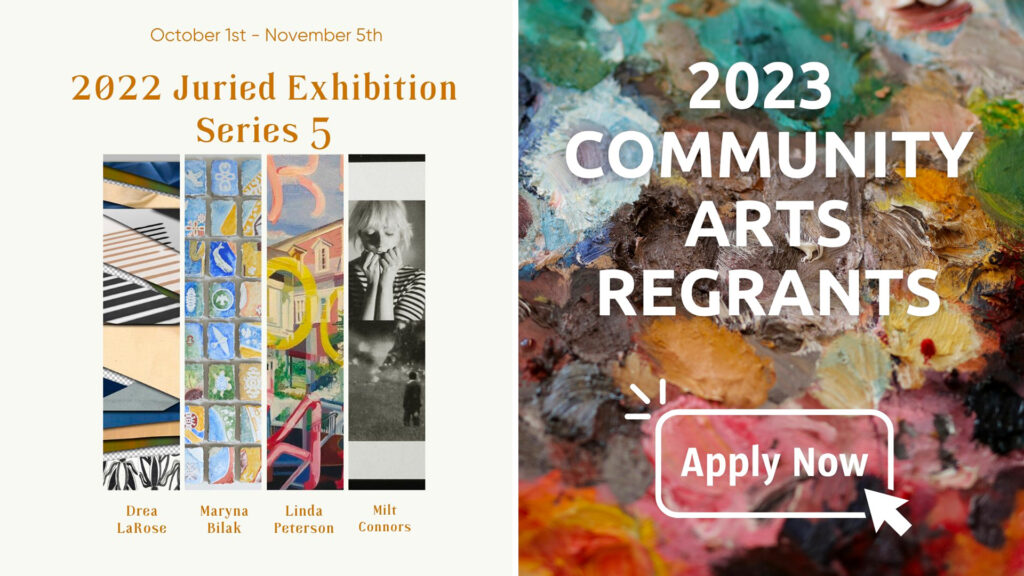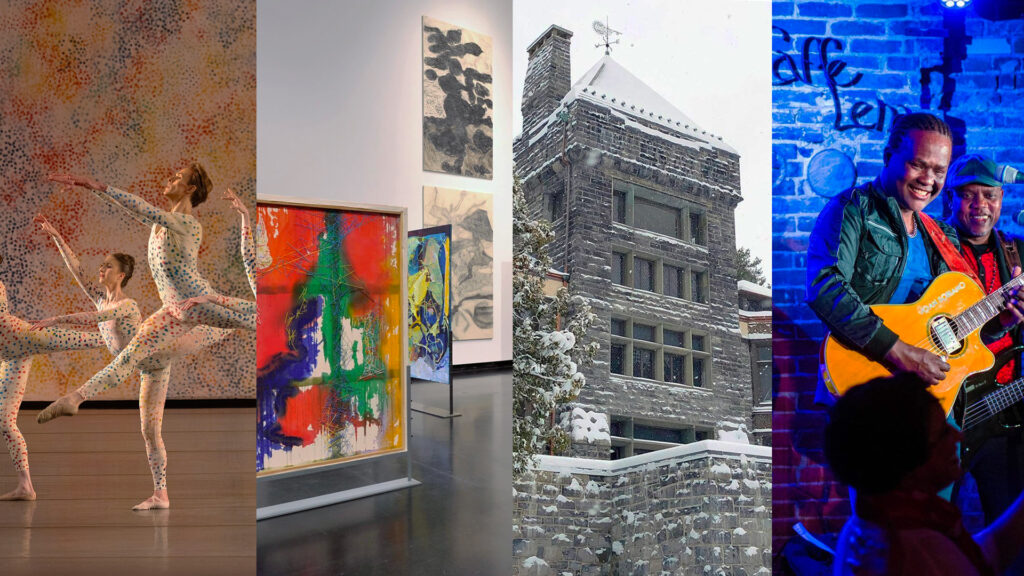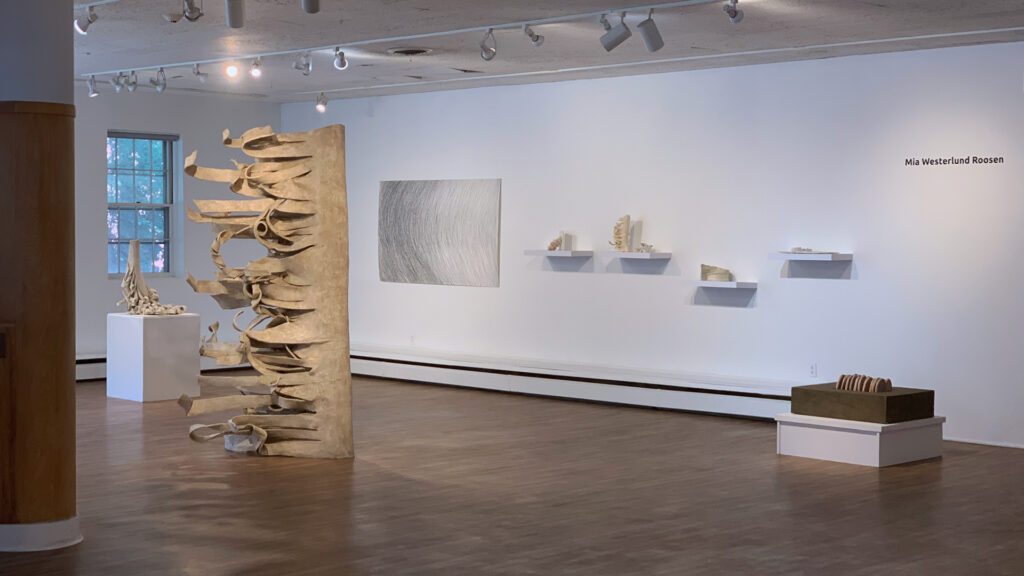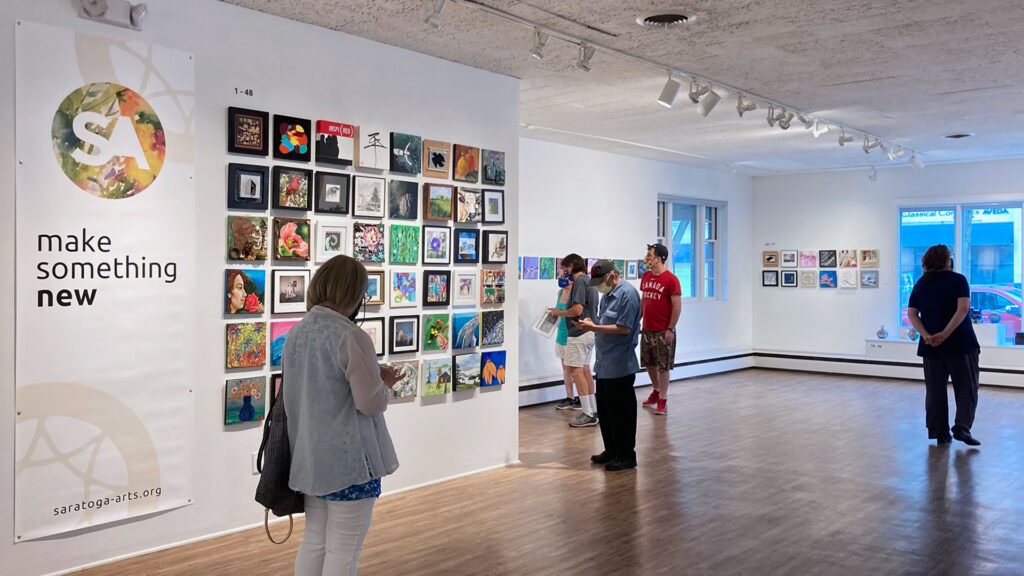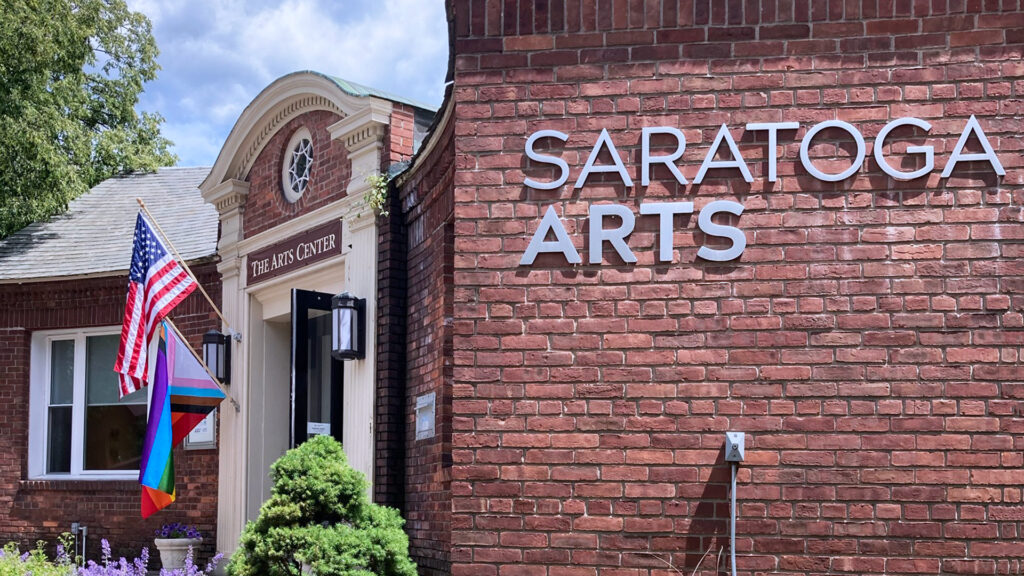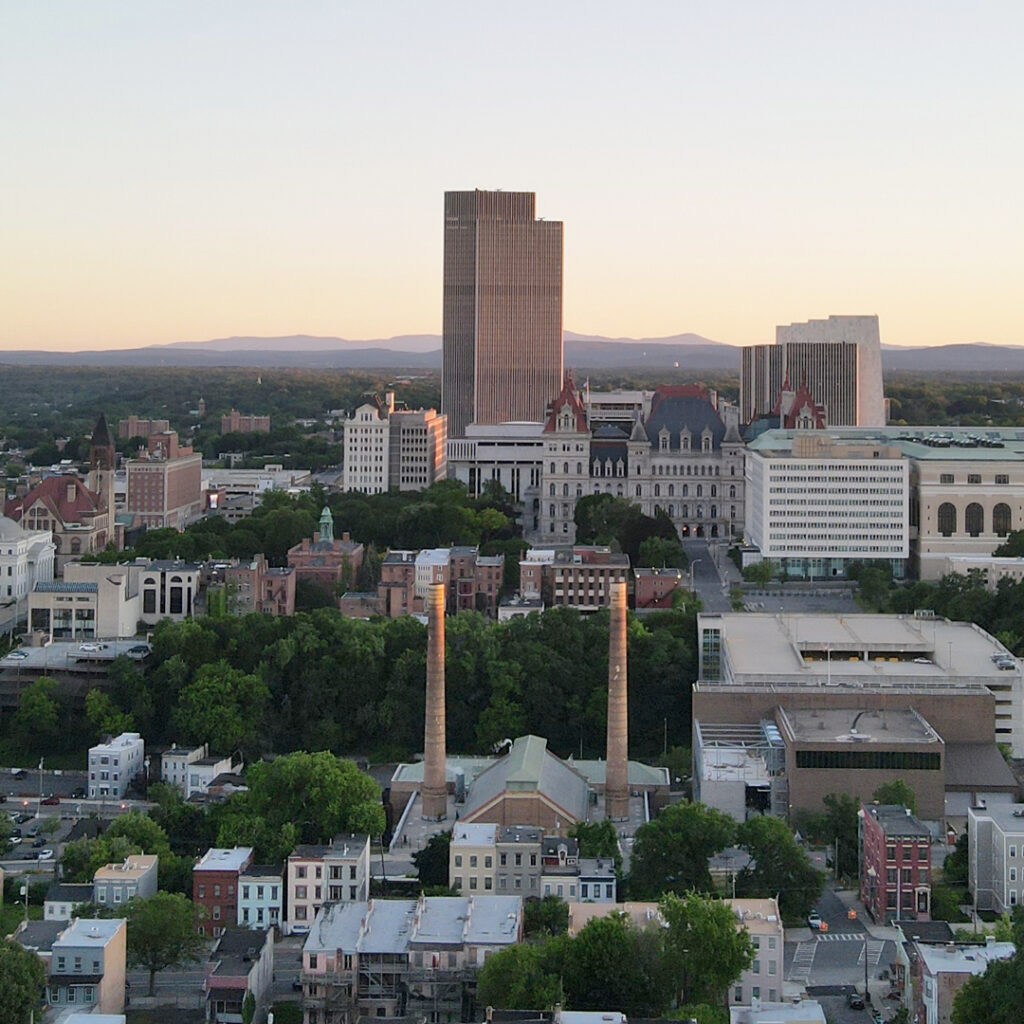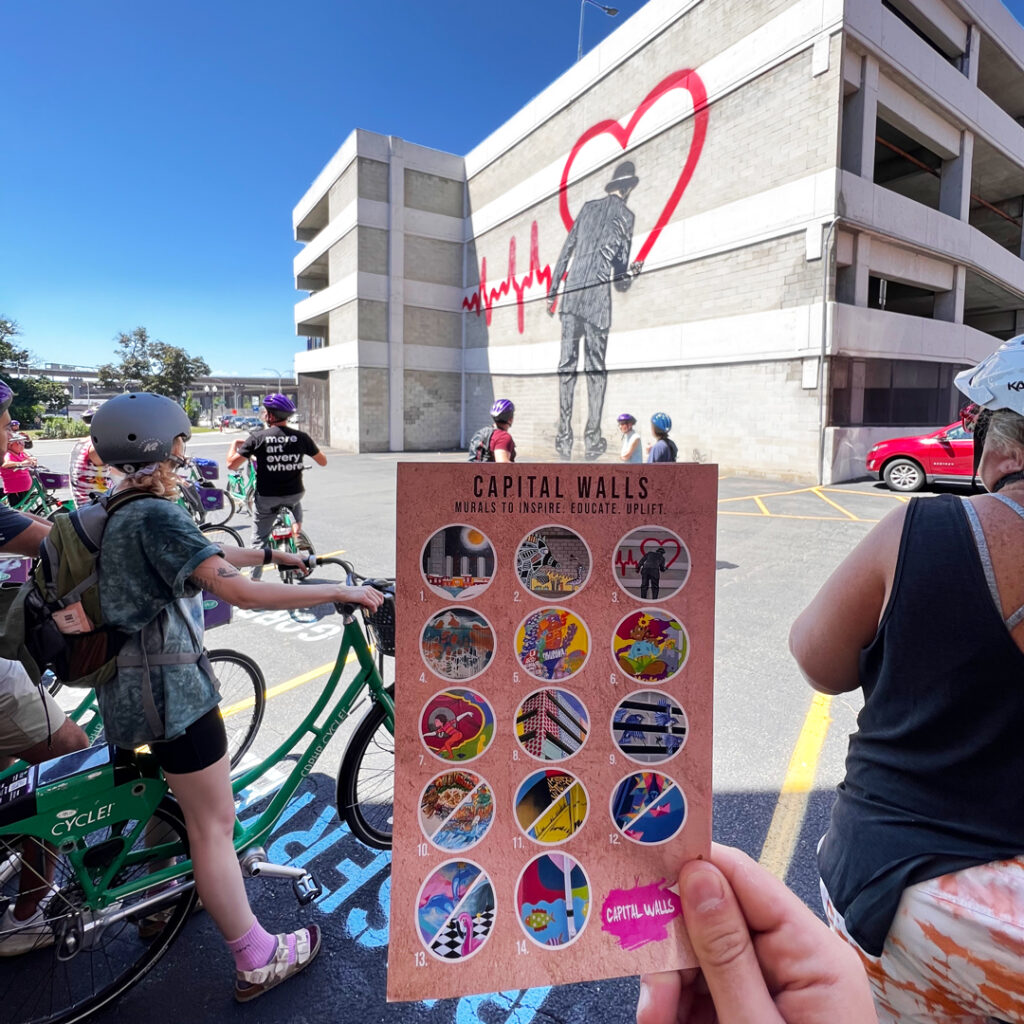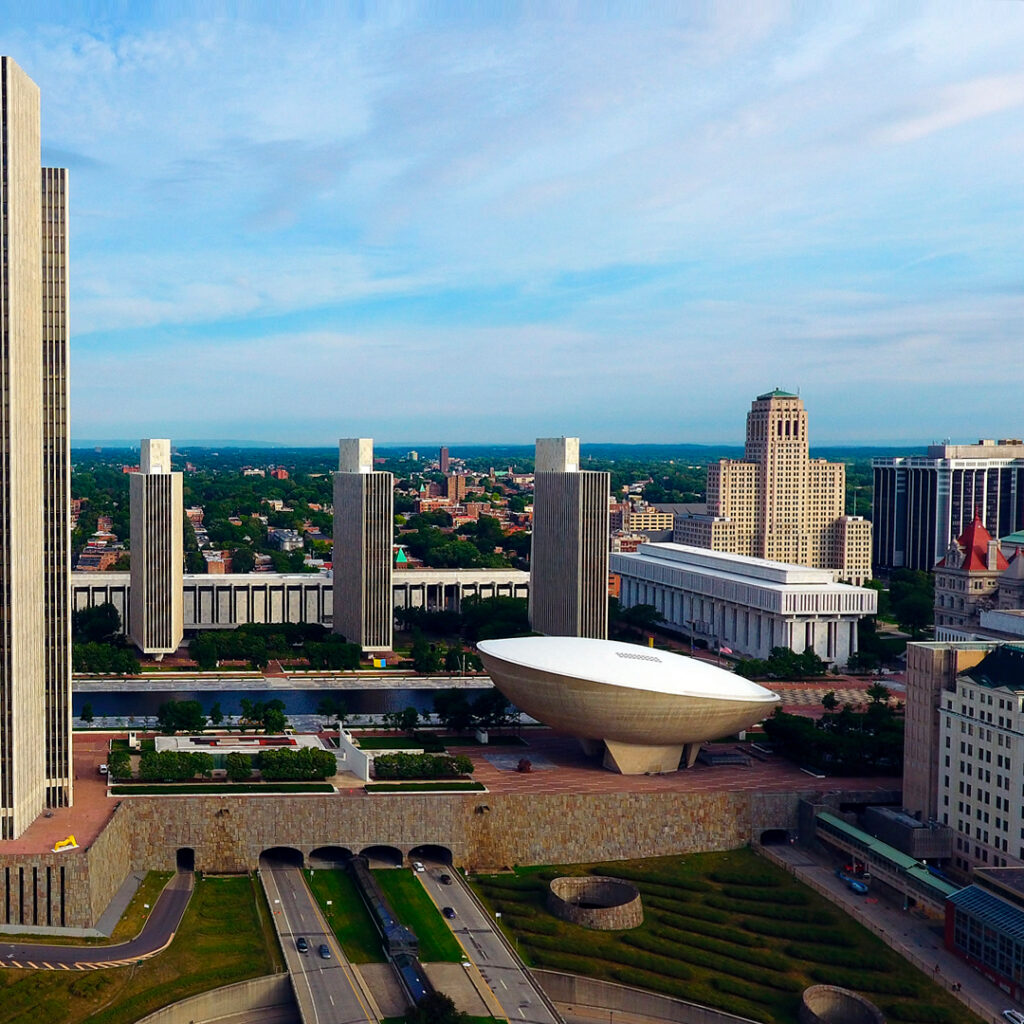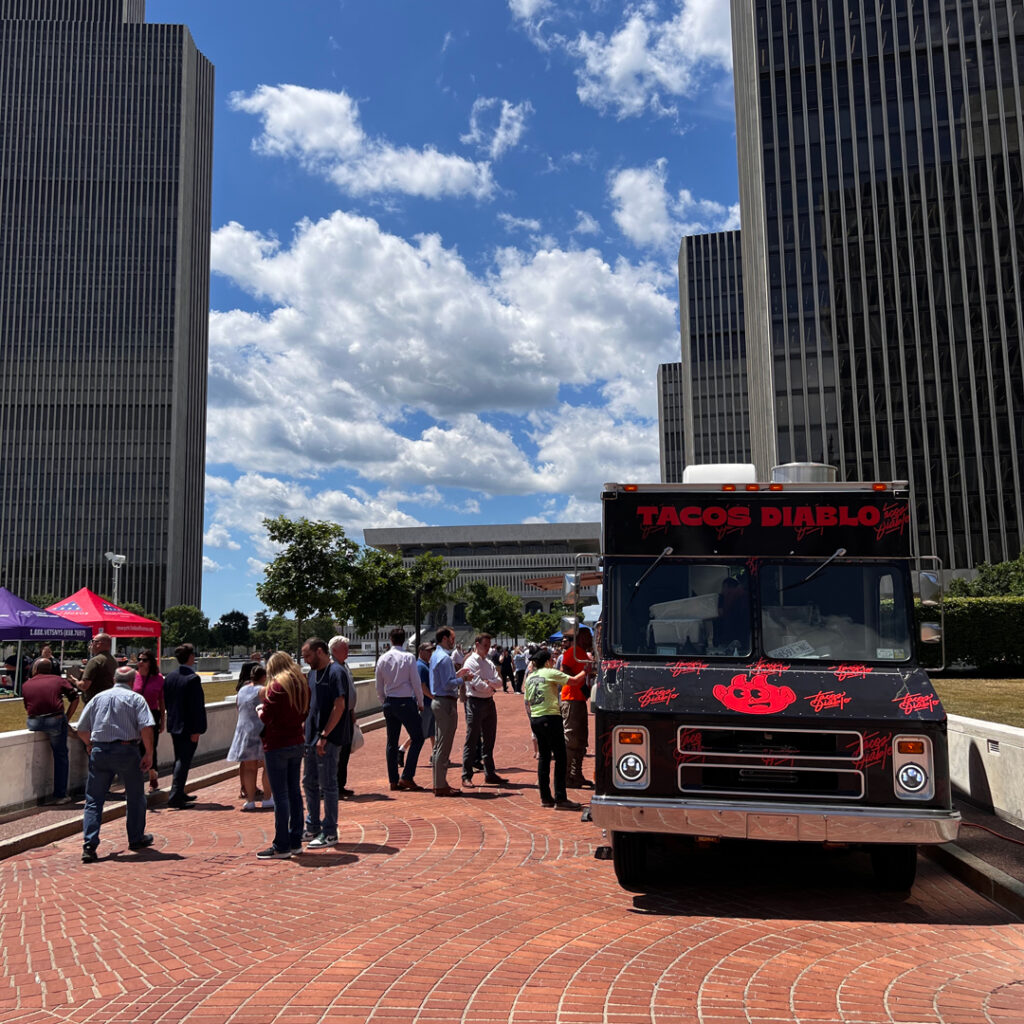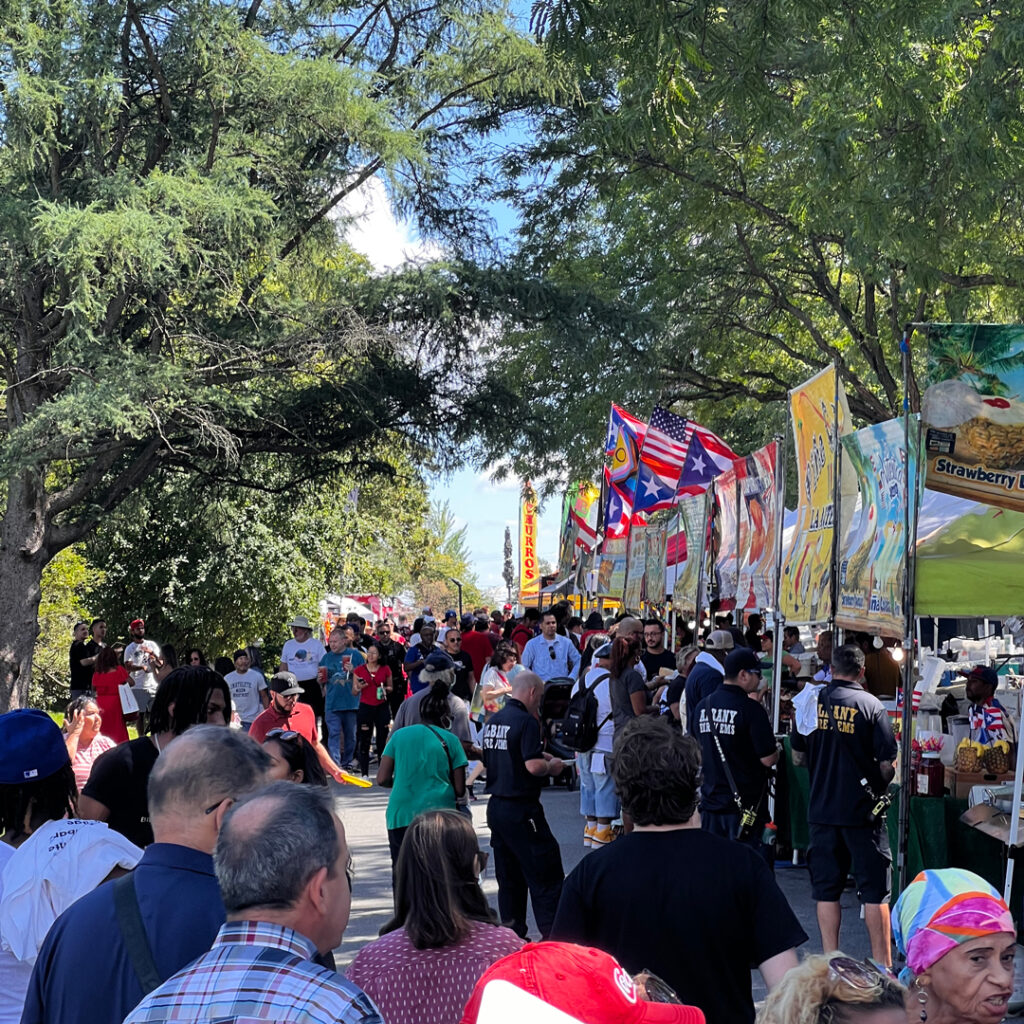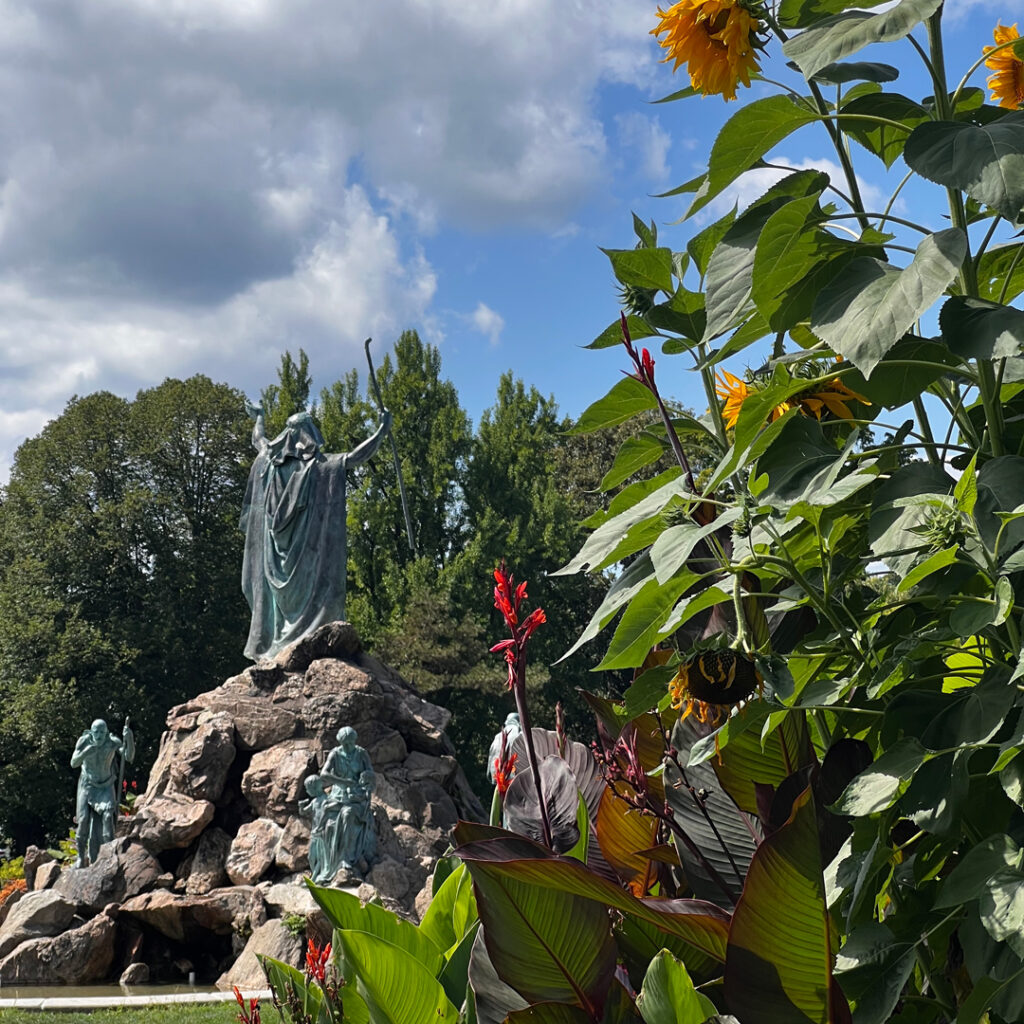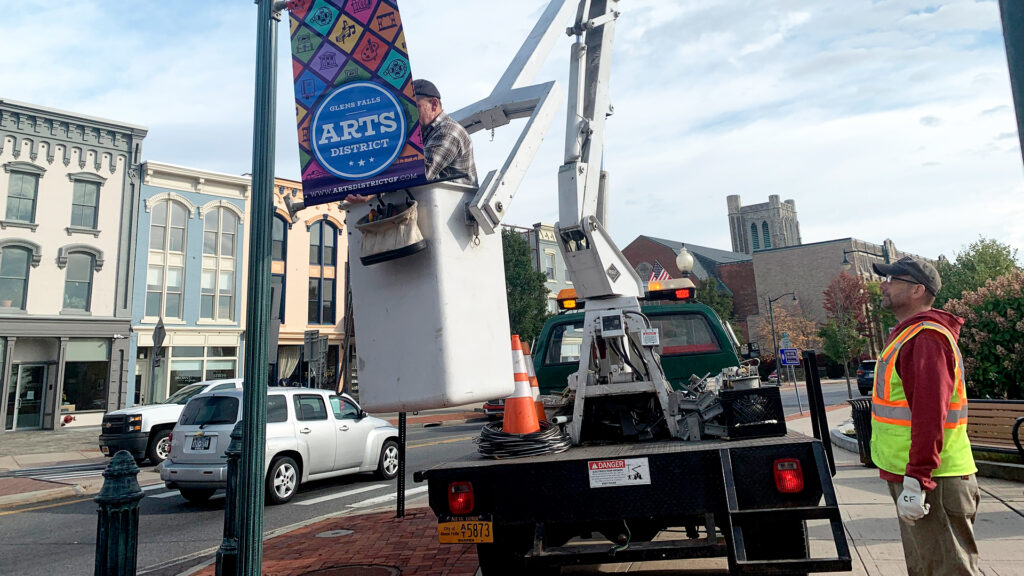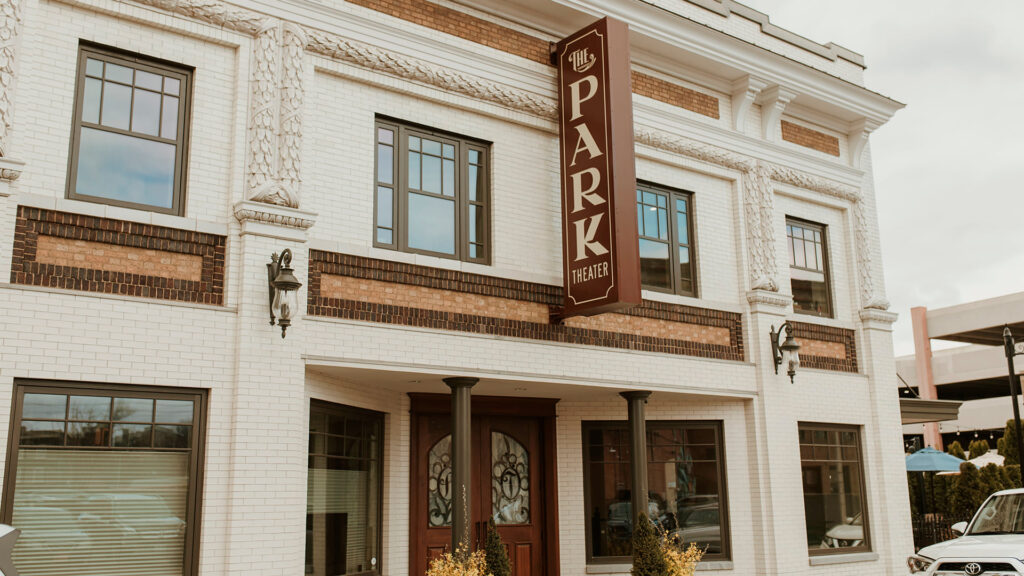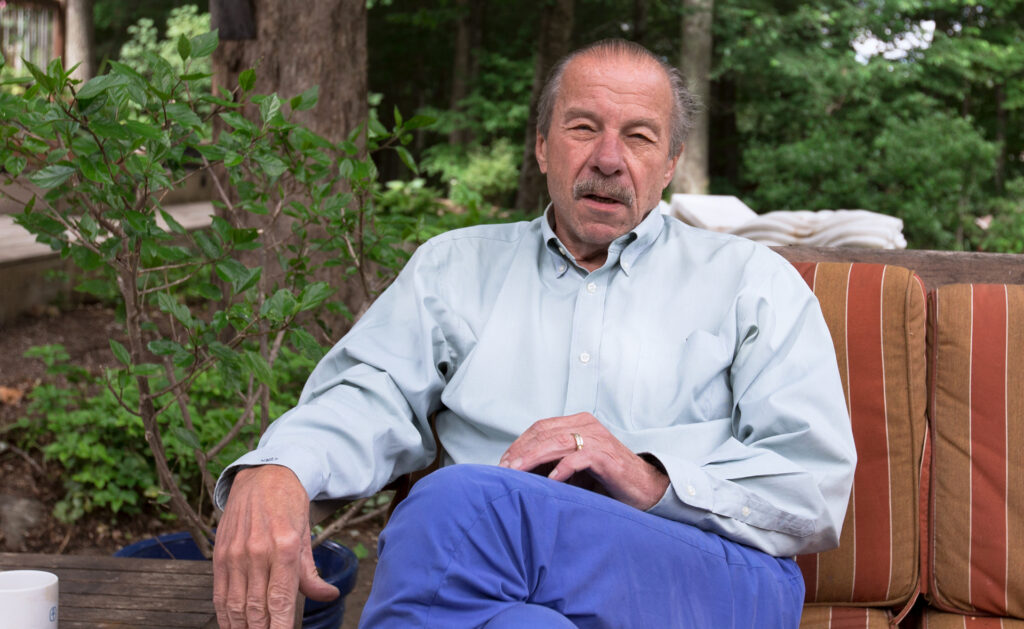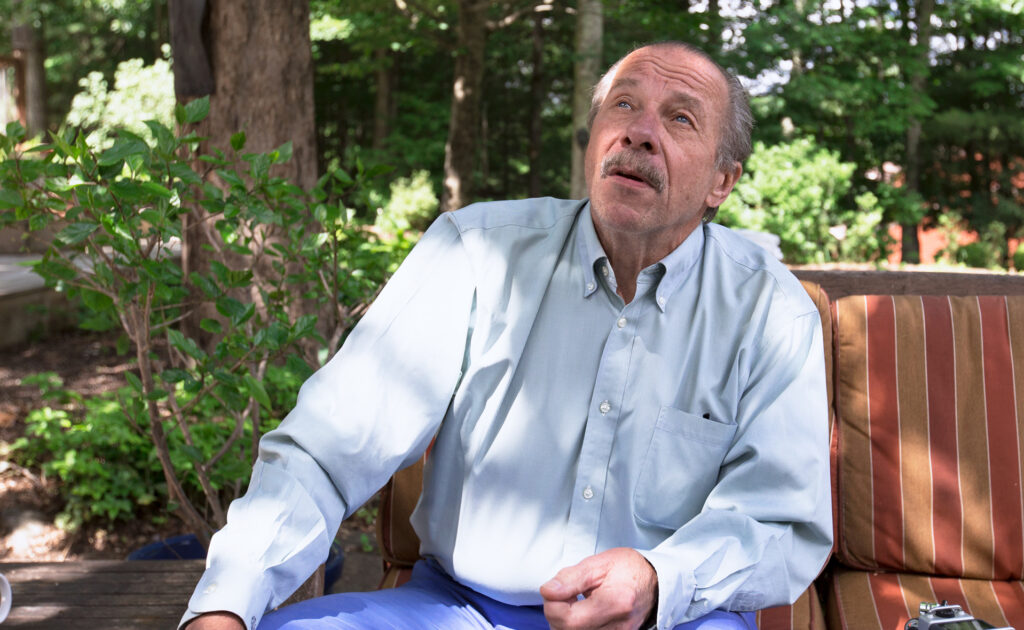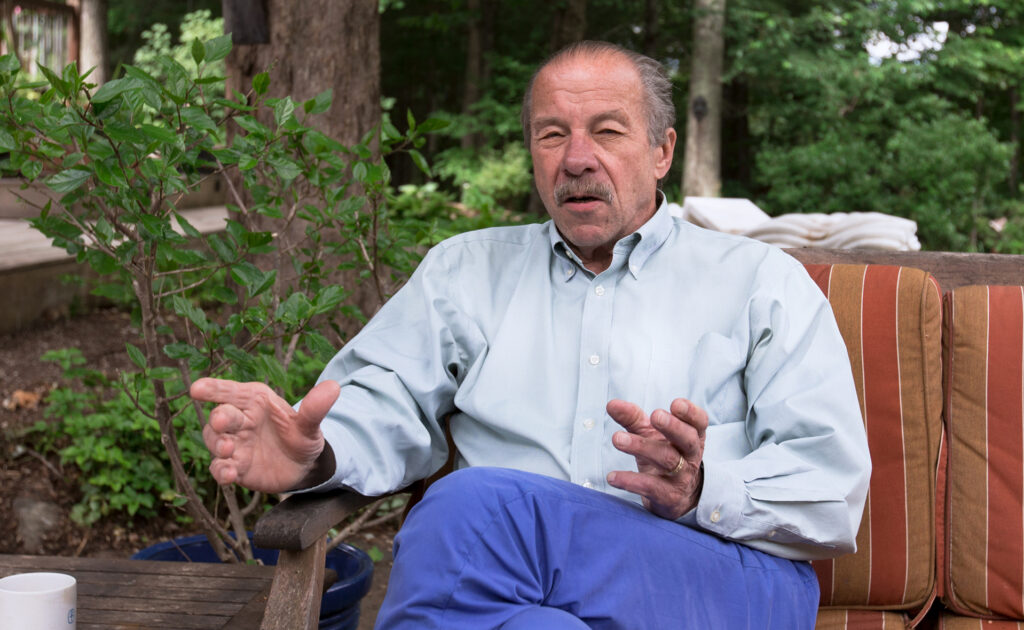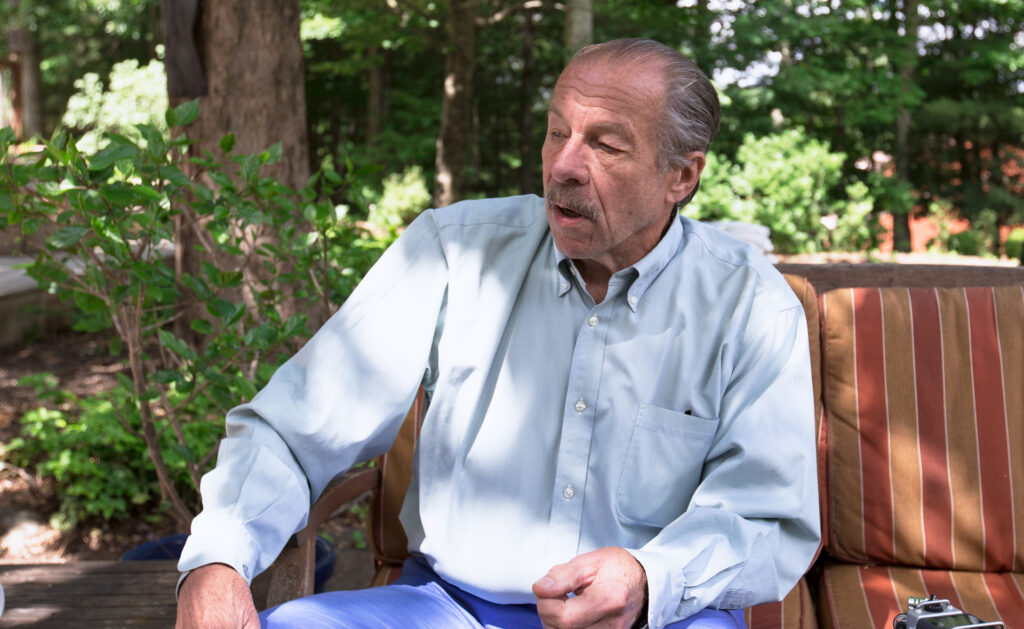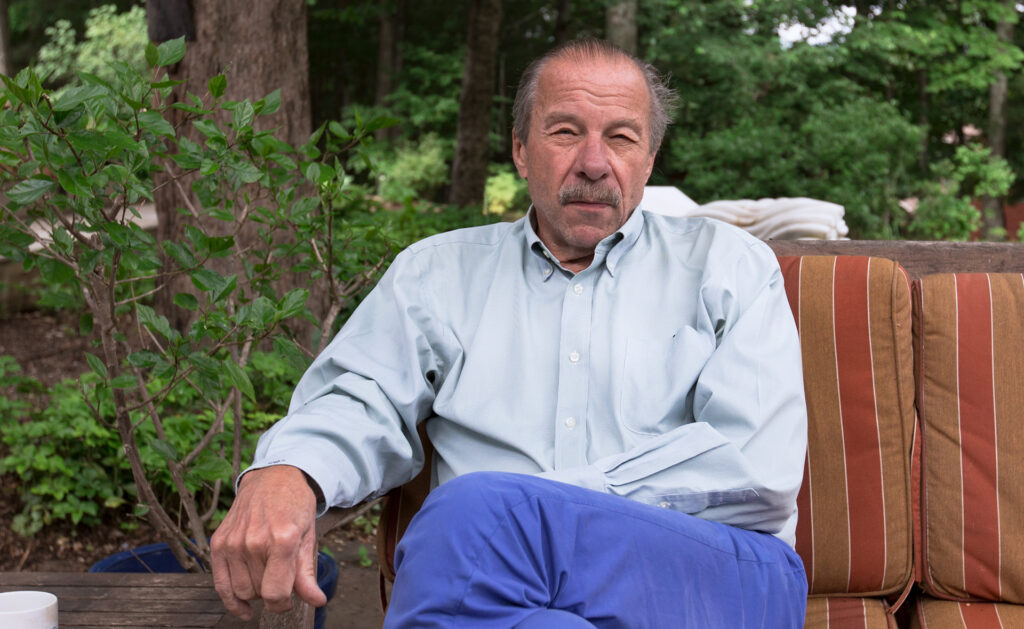I asked the same five questions to five different creatives in an attempt to understand exactly why they’ve decided to plant a flag in the Capital Region’s Creative Economy. We tapped in with Screen Printers, Pizza Makers, Brand Developers and Social Media Entrepreneurs. Each person brings in their own unique ingredient helping us to write the recipe that will continue to feed the souls of folks around the Capital Region and beyond.
Lets meet the team…
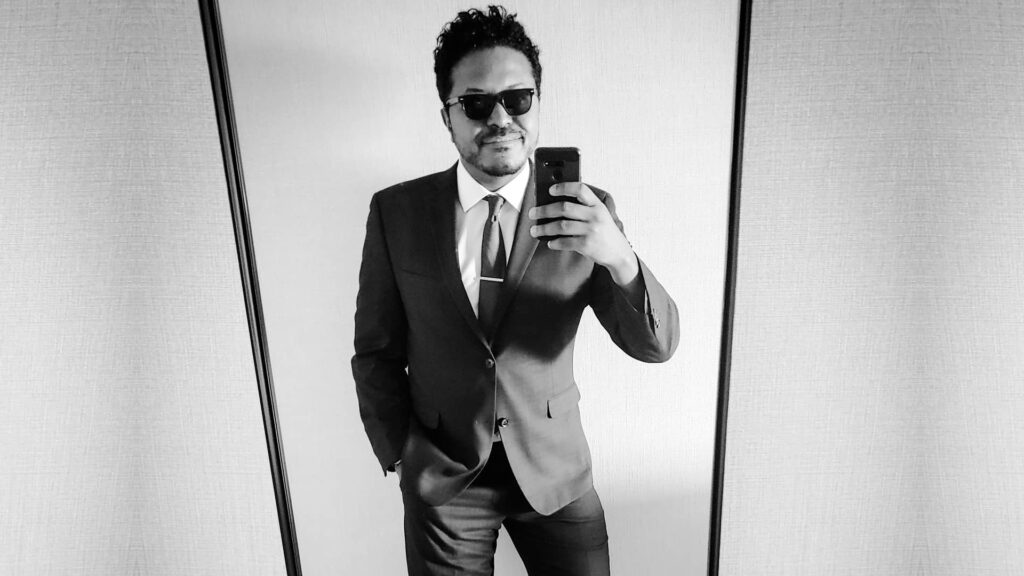
Photo: Facebook
Drew : 5ifth Place – Screen Printer
Drew is the Founder of the local clothing brand ‘Fifth Place’ an Albany based lifestyle brand. Drew is also host of his own podcast and is a regular personality on Two Buttons Deep.
Cristian Virgiglio : Sovrana Pizza – Creative Director
Cristian Virgiglio was born into Albany’s pizza culture and 20-something years later has taken the scene by storm. As Creative Director, Cristian collaborates with local artists and artisans whether it be on merch, new menu items, or pop-up pizza events.
Salah Harris : Career InTouch – Founder, Executive Director
Salah was born and raised in Albany’s South End neighborhood and is currently in his Senior year at the University of Albany. He founded “Career InTouch” and currently serves as a Youth Program Facilitator at The RED Bookshelf. Salah has previously Interned at the Albany Mayor’s Office of Equity & Community Engagement as well as at the Office of Senator Schumer.
Joe Bonilla : Relentless Awareness – Managing Partner, Senior Media Director, and Co-Founder
Joe is the managing partner, senior media director, and co-founder of Relentless. Bonilla was also a regular panelist of WAMC Northeast Public Radio’s nationally-syndicated and award-winning news and discussion program The Roundtable, co-host of CivMix’s The Mix podcast with former journalist Liz Benjamin, and presently is a recurring guest on the Two Button’s Deep Podcast : ‘Behind The Buttons’
Isabella Marchese : Marchese – Entrepreneur and Content Creator
Isabella is currently enrolled in Harvard Business School Online, pursuing a certification in Entrepreneurship and Innovation. While in college, Isabella worked in the U.S. House of Representatives and The Senate. After that, she decided to try her hand in media and worked at a campaign firm and SiriusXM. Now, you can find her co-working at different coffee shops around the Capital Region.
PRO-TIP: Keep your eyes peeled for relevant hyperlinks scattered throughout.
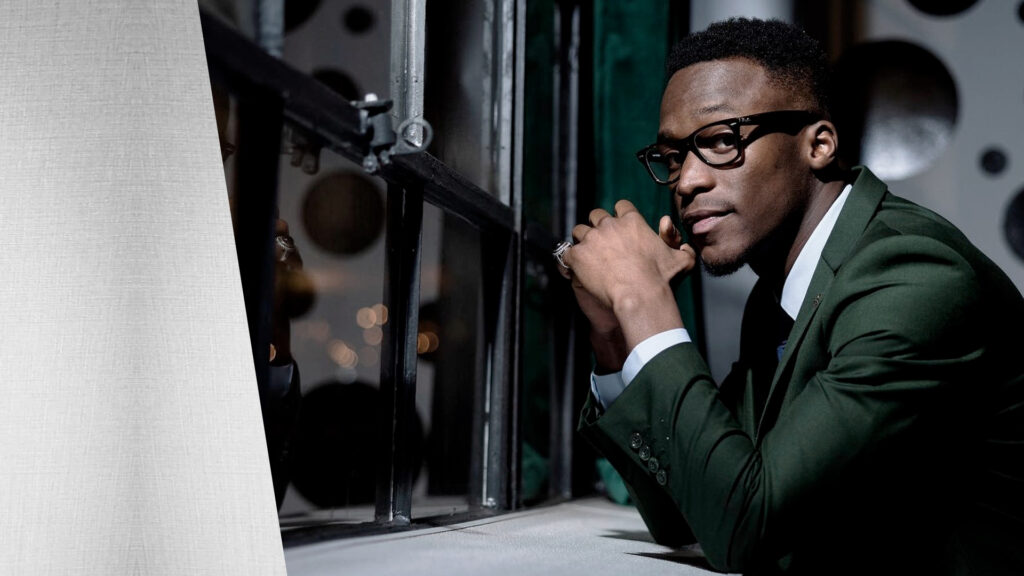
What is something you’ve discovered within the Capital Region’s Creative Economy that you may not find anywhere else?
Drew: Affordable Rent with places next to me within walking distance.
Cristian: People tend to call Albany, Smallbany, and that’s exactly what I think makes the Capital Region so special. Being in Albany gives a sense of one giant family, the community itself is so supportive. My family’s pizzeria, Sovranas, has been open since 1985, and without the community I don’t know where we’d be. (Sovranas was featured on TMZ in 2015)
Salah: One of the most unique aspects of our creative economy here in the Capital Region is our ability to cultivate with local resources and uplift as well as collaborate with local organizations. I can recall working with a local school on a fall harvest event and Nine Pin provided (youth appropriate!) ciders. As an Albany native, and fan of the brand you have to admire the sense of community and effort from local businesses.
Joe: The sense of true and authentic collaboration between those in the creative economy.
Isabella: There is so much opportunity here! This creator space in Albany is itching for more people to join!

What is a piece of advice you would give a fellow creator who is considering planting their flag in the Capital Region?
Drew: It’s on you to make what’s best out of any area. Ask yourself ‘Why am I moving?‘ and ‘Does this place suit me?’ Then hit me up when you get here – @5ifthplace. I’ll show you around 🏆
AUTHORS NOTE: Listen to Drew’s latest podcast episode where he chops it up with $300 Million Dollar ex-marijuana kingpin turned Author, Eric Canori – the man who buried millions of dollars in the Adirondacks, and snag a copy of his recent memoir: Pressure.
Cristian: Believe in your idea and believe in Albany, I can’t tell you how many times I hear people say they don’t believe there’s value here, or that we’re in the shadows of bigger cities. It drives me crazy because if you just look AroundAlbany, it’s full of variety in creators whether it’s food, music, art, or clothing. The Capital Region has such a personality and it continues to grow.
Salah: Endurance beats enthusiasm. Albany is a place that takes patience, you have to be willing to put in the long-term goals and planning. We have a diverse community of leaders and people, learning to resonate with their needs and how you fit with local partners will make you better off in understanding what you can create for the benefit of the Capital Region.
Joe: Get out there and meet people. We are all so interconnected and there is always an opportunity to collaborate and work on projects together. Don’t think of them as competition; think of them as project partners.
AUTHORS NOTE: Here’s a great example of what would be two competing parties, collaborating and involving others in the quest to address the Central Warehouse situation in Downtown Albany.
Isabella: This is the time because there’s still space! The small businesses here need you to help support and highlight them. Plus, we’re only two hours from Boston and NYC so if you ever need big city vibes, we’re pretty close.
AUTHORS NOTE: There are whispers that additional service between Albany and Boston may be coming our way. This would be huge – almost as good as high-speed rail!
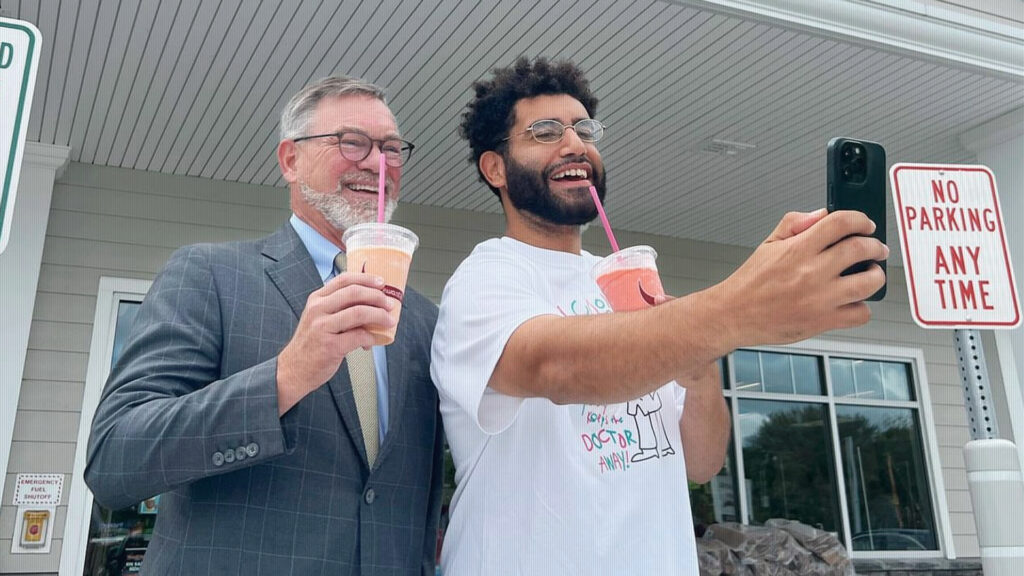
Photo: Provided
Which Capital Region city do you think has the best opportunities for creators, and why?
Drew: Troy – They let graffiti live. Which allows people to see creativity outside. Instead of the daily mundane scenery.
Cristian: Albany for sure! The city is constantly evolving, it’s very welcoming to all demographics. Albany also has creators’ work showcased all over the city with murals, and the thriving Lark Street is mostly run with local creators’ businesses.
Salah: Again, as an Albany native and SUNY Albany student, I’ll have to go with Albany. We’re home to a rich history, diverse communities, amazing architecture, a strong City Hall and presence in government, and most importantly an abundance of opportunities for creators interested in expanding their network and growing within our city. (Not to mention we are the Capital!)
Joe: Albany for sure and overall. But I would say Cohoes and Rensselaer are great places due to the untapped potential in both of those cities. Nothing against the bigger cities in the region, but a small cities like those that have grit, determination, and history can make for a great canvas.
AUTHORS NOTE: Cohoes is making wise investments in their downtown – when was the last time you’ve checked out Remsen Street? That place is begging for street art – a canvas in more ways than one.
Isabella: Troy – I love Troy. It grows every single day and new small businesses are popping up all the time. There are so many creative people and spaces there.
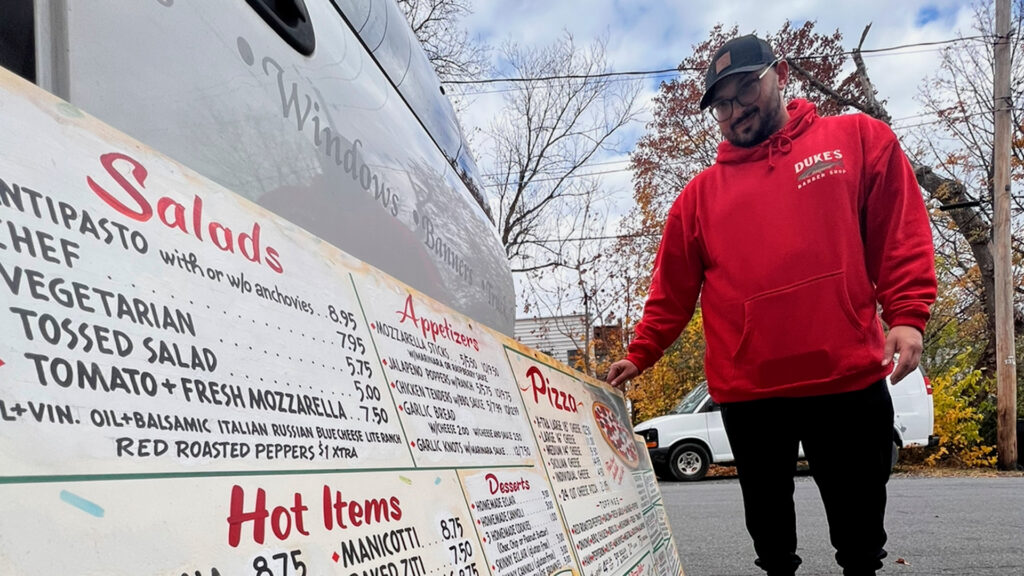
The Capital Region would be a better place for creators if…
Drew: Downtown Albany serviced people past 4pm.
Cristian: If we had a physical space to create. In many larger cities such a Philadelphia they have REC centers, which allows creators to have a space to do what they love. The REC centers are great for creators because it provides all the equipment you would need. Such as podcast space, lectures on the creator economy, and concert halls.
Salah: It continues what we have been doing as of late, creating spaces and being a hub for a talented and diverse generation of creators, leaders, and innovators moving the Capital Region in the right direction.
EDITORS NOTE: If you’re ever AroundTroy and want to work in a collaborative environment, or need a podcast studio, or just some wifi and several hours – hit up the Troy Innovation Garage. Thank me later!
Joe: We invested more in public art and things for young people to go into.
Isabella: If we had more access to get together and build a community with each other.
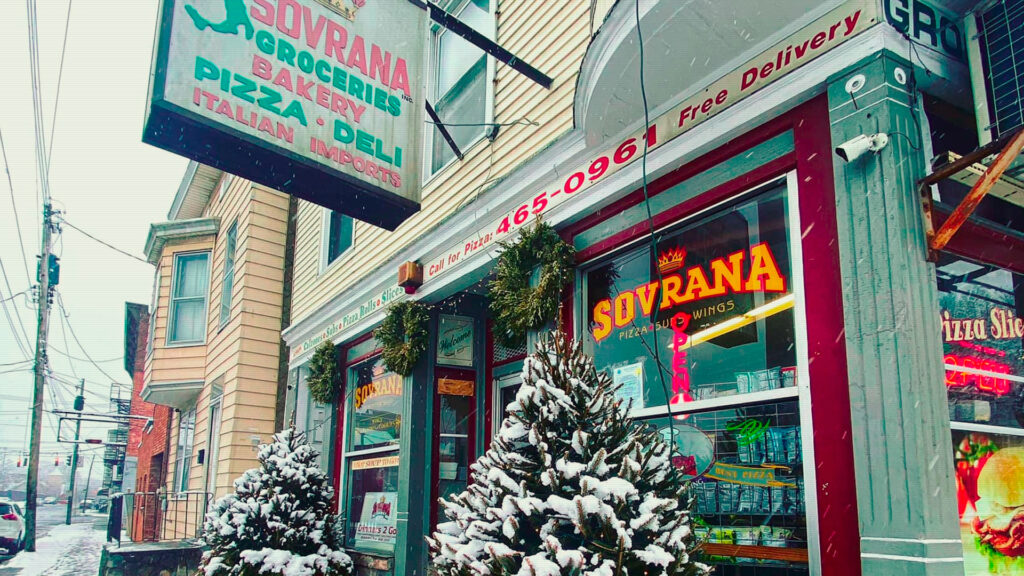
Where can people find your favorite slice of pizza in the Capital Region? 😀
AUTHORS NOTE: Troy Business Owner and Entrepreneur Vic Cristopher says something along the lines of: There’s no such thing as the best pizza, just your favorite pizza.
Drew: Sovranas 💎 Thank me later.
Crisitan: I’m a bit biased, but I’d have to say my family’s pizzeria, Sovranas! Other than the pizza being delicious, by just walking into the place you can really feel the charm of the business itself.
Salah: I’d have to say it’s between Pizza Bella in Westgate Plaza or Belt Line 3 near Center Square.
Joe: Donna’s Italian. The Broccoli Bob is too good.
Isabella: Bacchus Wood-Fired, always.
Jonah Michel can be found creatively connecting in the City of Albany. Additionally, he focuses on ‘stuff worth talking about’ around the Capital Region and beyond as a core member and producer for the media outlet Two Buttons Deep.
IG: @aroundalbany | @twobuttonsdeep
